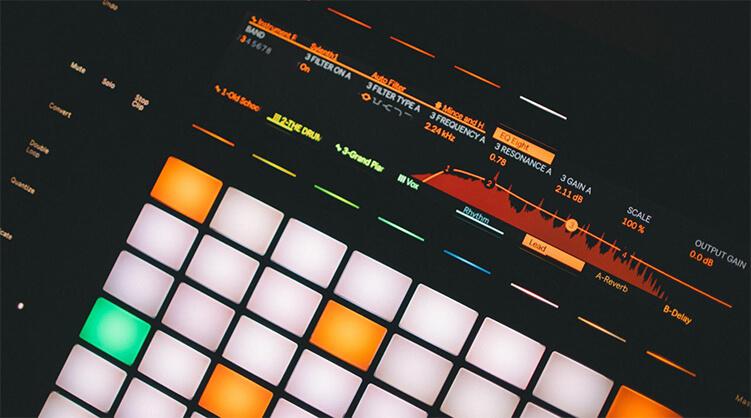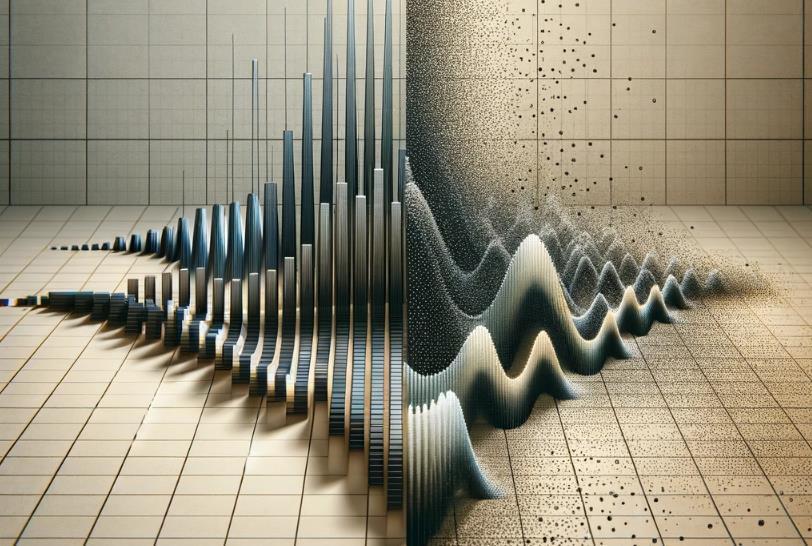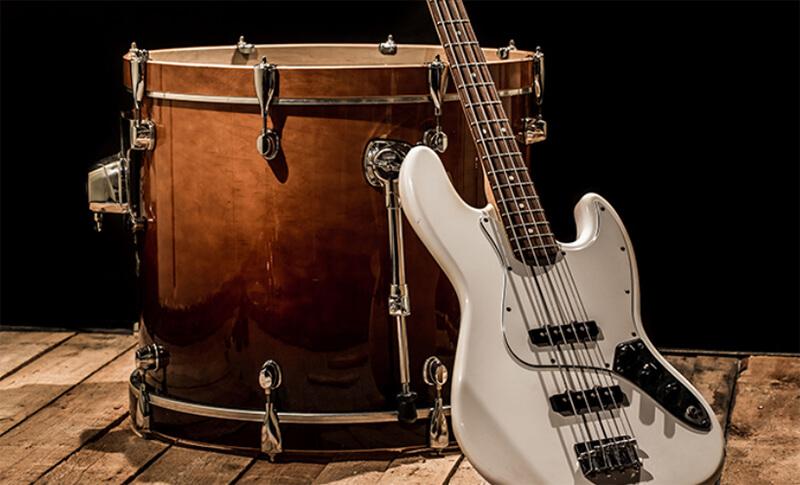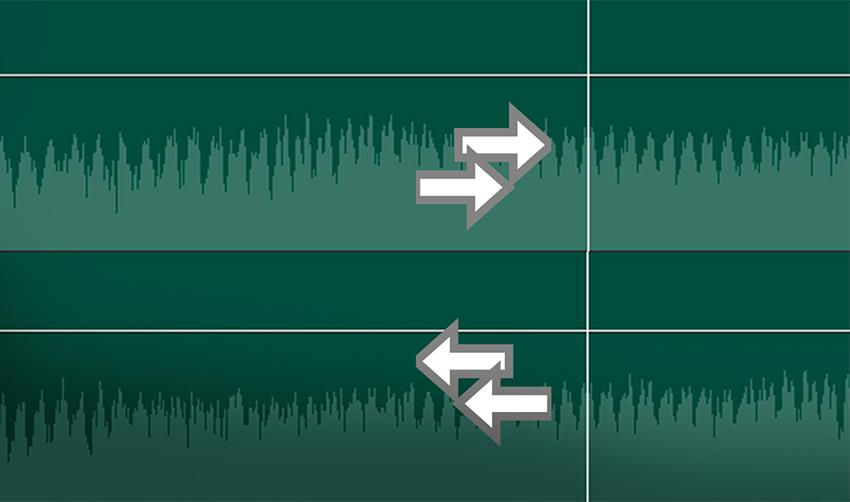Drum patterns

The ability to create and understand basic drum patterns is one of the most important skills in writing music. This not only opens up new possibilities in your creativity, but also helps you create new projects and ideas faster. It is important for any drummer to know how to play the different beats that are common in all styles of music. This knowledge will make you a versatile musician in almost any genre. The same is true for “Beatmakers”in createingdrum patterns on drum machines or drum software. In Amped Studio, we have a Drum Machine and a Midi Drum generator (XYbeatZ) this the opportunity to learn and make drum patterns.allows beginners or experienced users.
What are the best patterns? What are the most common drum parts you need to know? How to learn to do them yourself? Let us figure it out in this material right now.
You can also read more about Amped Studio’s online drum machine and try creating your own drum part.
Types of drum patterns
Standard eighth note groove
There is no drum rhythm more iconic than the standard eighth note rhythm. In fact, it forms the basis of most of the compositions we know. You have heard it countless times in many different styles of music.
A normal musical measure consists of 4 beats. Therefore, the drummers’ first task is to count to four in order to attract the band to the beginning of the song. Beats 1 and 3 are played on the low reel. Beats 2 and 4 are played on a high snare drum.
Keeping time is your most important task, when the bass and snare are key instruments that will make you a top-notch timekeeper.
Great drummers can move from bass to snare in the same way that a pendulum swings from side to side. This creates a sense of movement that encourages listeners to dance and melt into the music!
The final part of this drum pattern is the 8th notes that are usually played on the hi-hat cymbal. They are played on the hi-hat on all 4 beats and in between.
If you were to count hi-hats aloud, you would count them as “1, 2, 3, 4 and”. This gives you 8 notes that is why it is called a standard 8-note groove.
Flat beat on 4/4
This simple drum pattern makes the standard 8th note groove funkier. Here, instead of playing the bass drum on beats 1 and 3, all 4 beats are played. This is the groove to explore if you want to get into pop, funk and disco playing.
This pattern allows you to play the bass drum on every measure, and add variety by improvising on the hi-hat cymbal.
A constant pulse appears in this style, which creates a feeling of solidity in the music. In fact, working on your rhythm is the most important element to becoming a great musician.
Shuffle groove
Shuffle groove is a musical drum pattern that retains the same bass and snare rhythm as previous grooves, but uses a unique and rather interesting cymbal pattern. It uses a triplet rhythm to create a bouncing sensation known as shuffle.
A triplet consists of 3 notes, but in the example below it only plays 2 of the 3 notes.
You hear two triples played close together with a gap between them. This makes the rhythm more elastic.
Note that the study of shuffle is one of the key elements for drumming. Many of the legendary drummers of the past have become famous for their shuffles.
Groove on 16 notes
This drum pattern is used in hip-hop, rhythm and blues, funk, classic rock and other genres.
16 note groove is a loaded drum sampler with four hi-hats played for each bass and snare. These 16th notes are also known as semi-quavers and are significantly more difficult to play than 8th notes.
You need to build muscle memory and endurance to get into this rhythm. Drummers often do this with a pad, which allows them to practice the basics of drumming without a drum kit. You can also create this pattern in an online DAW.
Beat 12/8
While beats are often the loudest and most obvious element of a track, the truly great drummers can play them with incredible subtlety and control. The beat that is especially important to play dynamically (that is, both softly and loudly) is a 12/8 groove.
This groove is a classic accompaniment to ballads, slow rock tracks and blues melodies. Drummer carefully saves time on these tracks, leaving space for deeply moving vocal and guitar performances. Hi-hat is played three times for snare and bass in this drum pattern.
In fact, there are 12 eighth notes here, which gives the groove its name.
Motown
Motown is an iconic record label that produced much of the music that topped the charts in the 60s. You will surely recognize the Motown sound if you are a fan of Stevie Wonder, the Supremes, Marvin Gaye or the Jackson Five.
One great drum pattern that emerged from Motown was a beat that completely reimagined the classic eight-note beat.
The standard Motown groove adds a snare to every single beat not just on beats 2 and 4. This provides the track with a drive that moves the song and gives new sensations.
Reggae Groove
Reggae is much more relaxed music and has a half time feel to it. The pattern most associated with Reggae is a “one drop” where the guitar plays on 2 & 4 and the drum hit is on beat 3, with nothing played on beat one.
The snare also uses a special technique known as the crossstick or rim, which creates a specific wordblock sound. This gives the rhythm a completely different atmosphere. In addition, the hi-hat cymbals are also accentuated (meaning they are played louder), which adds an extra layer of funk to the beat.
Disco groove
This drum pattern makes extensive use of a musical figure known as an “offbeat”. While most rhythms focus on the beat (1, 2, 3, 4), the emphasis is on the 8th notes between beats in a disco groove. These unusual sounds encourage you to the craziest dances!
Drummers use “open” hi-hat cymbals in this case. Usually drummers hold their cymbals together with a footswitch, but in disco, they regularly open and close them. This is a great way to add interest to your drums and grab the listener’s attention.
Jazz ostinato
This drum pattern is considered one of the most difficult and is used in jazz, which is known for its improvisation and freedom. Jazz ostinato is a swing rhythm that gives musicians maximum space for improvisation.
Jazz ostinato is usually performed on a ride cymbal with a soft bass drum on every beat. It should be played so quietly that you can only “feel” it, not “hear it”.
In the following example, the bass drum is deliberately omitted so that you can focus on the cymbals, which are the most important elements of this rhythm.
In addition to playing ride cymbals, jazz drummers also depress the hi-hat pedal on beats 2 and 4, closing the cymbals together.
The variety of snare rhythms played together makes this style challenging. This requires multitasking skills that not everyone has.
Half time shuffle
This is perhaps the most complex musical drum pattern on our list, but also one of the most fun!
Halftime shuffle is an iconic percussive rhythm played by such masters as Bernard Purdy, John Bonham, Phil Collins and Jeff Porcaro.
You probably already guessed that this beat is a combination of a shuffle and a break. In this case, drummers take advantage of the space between the cymbals and the snare, called “ghost notes”.
How to learn to make drum patterns?
Write like a drummer
The better you understand basic drum patterns, the better your drum parts will sound. Imagine a pianist trying to compose guitar beats by recording them on his piano. If the pianist is not familiar with the guitar, the parts may be unplayable or uncomfortable for the guitar.
It is the same with drum patterns. The musician has only two arms and two legs. If you write a part in which he has to hit three cymbals at the same time as the snare drum, it is not possible to play in real life, but it will probably sound wrong.
You will learn how to write good sounding drum patterns by learning parts written by real drummers. Watch some YouTube drum lesson videos to get an idea of the basics of drum patterns, breaks and beats.
Listen to the drums in the songs you love and learn their structure in Amped Studio.
It may sound complicated, but you will become a better musician if you take the time to learn other instruments and how to write parts for them.
Adjust the speed
Virtual drums can feel robotic and lifeless if they are poorly made. One of the reasons they may sound like this is because all beats sound the same and at the same speed.
When you create a beat on a piano roll in a DAW, you can see the velocity section and adjust it.
Think of speed as how hard the virtual drummer hits the instruments. It may turn out that each strike has the same speed. However, real drummers do not play like that. The drummer is likely to hit the first beat harder than the next, or he might highlight certain beats that match your guitar parts.
Humanize your track
When you write a drum part in Amped Studio, the timing of each beat is perfectly in sync with the tempo. While that sounds good, everything happens quite differently for real drummers.
Even the best musicians in the world will not be able to play every beat exactly on time to the nearest millisecond. In fact, they intentionally play a bit out of time to add thrill to the track. If your drum pattern sounds timid or unnatural, it may be due in part to perfect timing.
“Ghost notes” are the lighter played drum hits in a drum pattern alots a drum beats the have a 2 & 4 feel also include lighter played, syncopated hits that can be achieved using different velocity levels in software or on a drum machine.
Most DAWs have tools that will let you loosen the timing of your virtual instruments and give them more believability and realism.
Get feedback from real drummers
A professional after listening to your drum patterns can tell you right away if something does not sound right or if there are suggestions on how to improve it.
If you know musicians, write some tracks and send them. You will learn a lot about what they think about the parts and maybe learn what mistakes to avoid or what ideas to add to your tracks.
Composing parts for an instrument you do not play is difficult at first, but possible. Many composers write for instruments they have never played before. If you would like to write drum parts for your own music, get in touch with the drummers online or in person.
What you need to create drum patterns?
You will need a few things to create realistic-sounding hip-hop, house, breakbeat, drum and bass drum patterns, and more. The first thing you need is a DAW (Digital Audio Workstation).
DAW is what you will record your tracks in and what you will adjust drum tracks in. There are a large number of such programs now but one of the most convenient is Amped Studio. This service works online and all you need to access is a computer and the Internet. In addition, the software has a clear and accessible interface, which will allow you to go directly to writing music, rather than studying manuals.
You will find here a large number of tools, effects, beats, and plug-ins that you need to create drum patterns and other elements of a full-fledged musical composition.
The track created here can be immediately saved to your computer or uploaded to a server, and you can share it with friends around the world. In addition, you can work on the same project together with colleagues.
It is worth taking care of the presence of high-quality headphones or speakers in addition to a DAW for writing a drum pattern so that you can clearly hear all sounds and build a rhythm.
Conclusion
The key to creating beats and drums for your songs is the knowledge of the basic drum patterns; it will help you break new ground in music production. Thanks to modern technology, such as the online DAW Amped Studio, you do not need to buy expensive tools and equipment. You can write your own pattern and share it with the whole world at home at the computer without any special skills.
The drum patterns listed above are a great start to develop your musical skills. However, do not be afraid to add your own variations and explore lesser-known beats.










